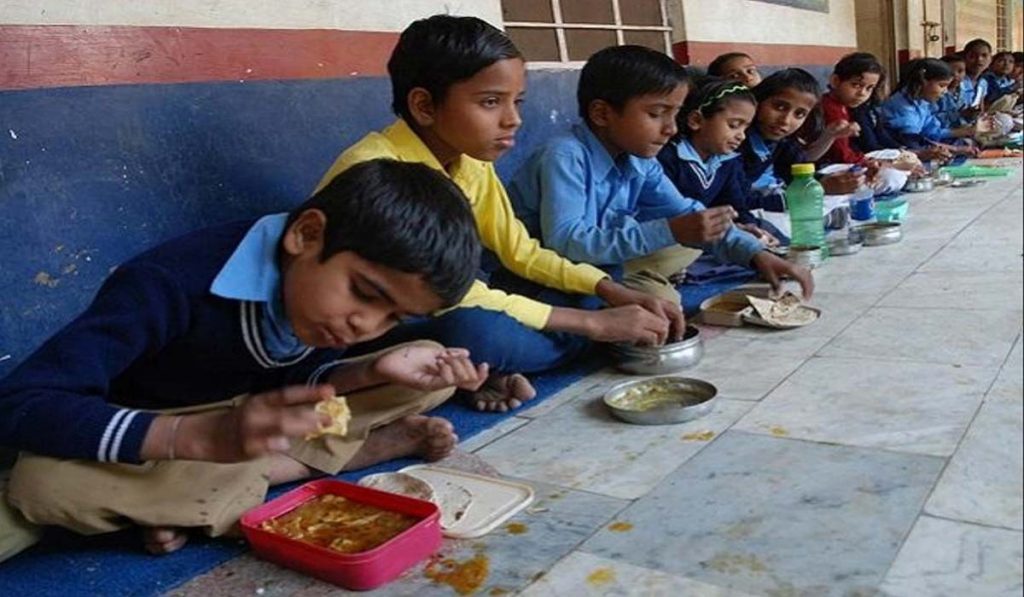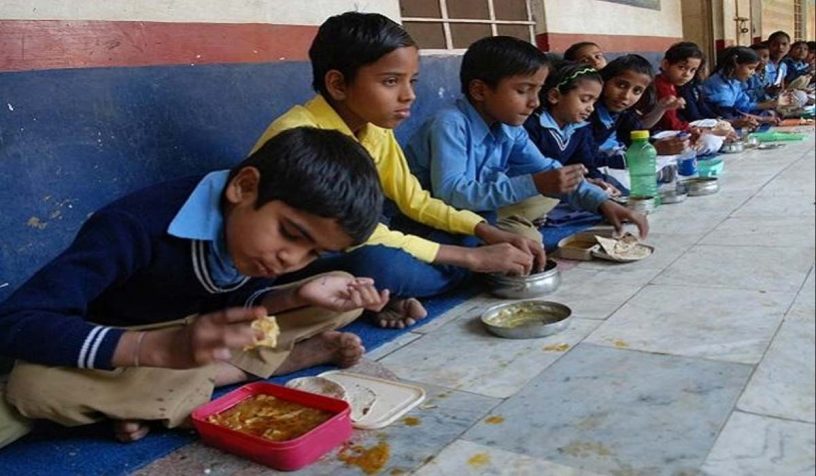
To effectively tackle the hunger and undernutrition situation, smooth functioning of systems such as the Public Distribution System needs to be ensured, says this chapter of the book “The Routledge Handbook of Post-Reform Indian Economy.”
Author
Anjana Thampi, Assistant Professor, Jindal Global Law School, O.P. Jindal Global University, Sonipat, Haryana, India.
Summary
Even after more than a quarter century of economic reforms, Indian children are among the most undernourished in the world. Multiple starvation deaths have been reported in different states. Constructing hunger indexes for states on the lines of the Global Hunger Index shows that almost all states have a ‘serious’ or ‘alarming’ hunger and undernutrition situation.
The available evidence suggests that economic growth has had a limited role in improving nutritional indicators. An explanation for the same is that even the households which have experienced rising incomes may not be spending it in ways that improve child nutrition; this aligns with the squeeze on the food budget that has been noted in earlier studies.
Certain states that have improved their undernutrition situation over the past decade are those that have seen a rising importance of food policy in their regional politics and increasing role of food provisioning programmes such as the Public Distribution System. The role of the PDS is assessed in this context, and the exercise finds the system to have mitigated the squeeze on the food budget.
To effectively tackle the hunger and undernutrition situation, systems such as the PDS need to be in place and their smooth functioning needs to be ensured. Such mechanisms would work towards improving ‘access to adequate quantity of quality food at affordable prices’, as ensured by the National Food Security Act 2013.
Published in: Rajesh Raj, S.N., & Singha, K. (2021). The Routledge Handbook of Post-Reform Indian Economy (1st ed.). Routledge India.
To read the full article, please click here.


